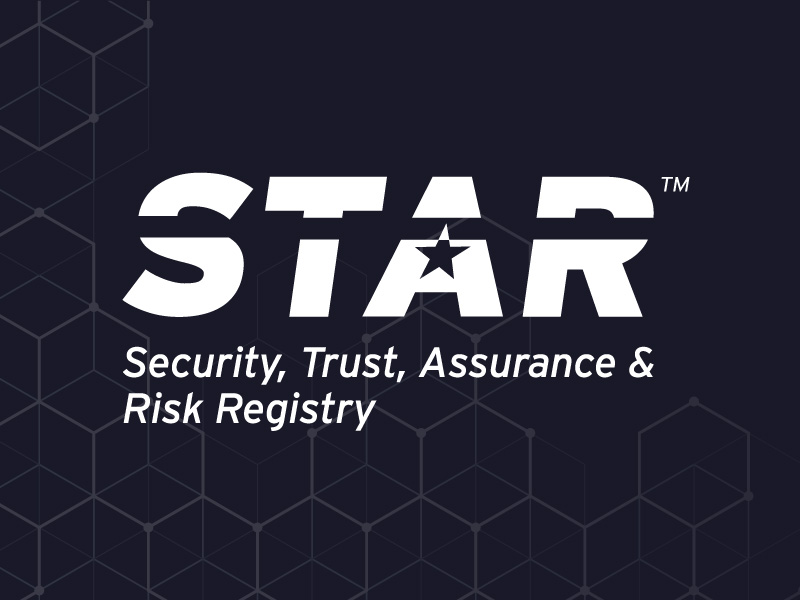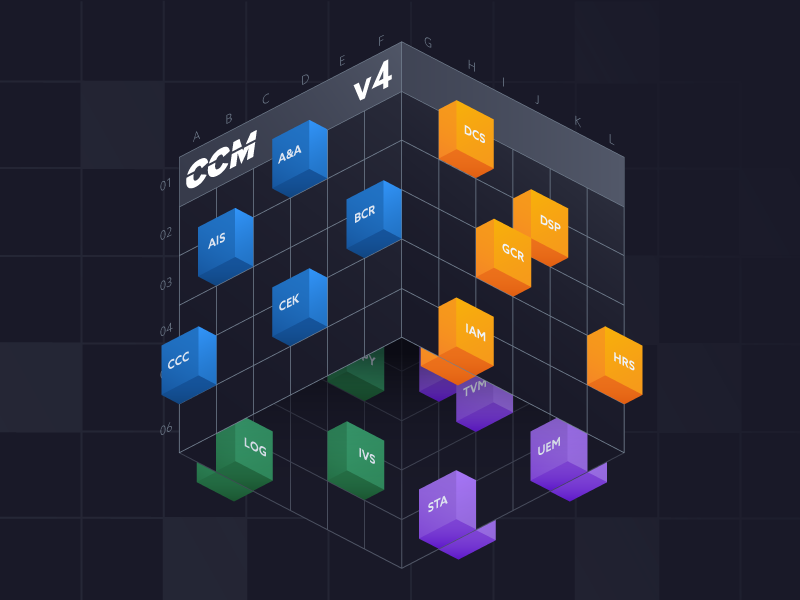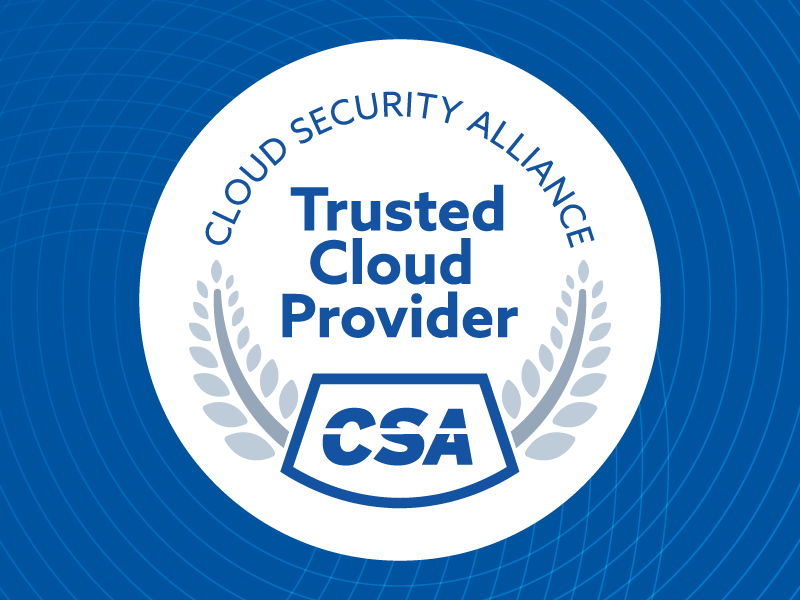Streamlining Cloud Compliance Audits Using AI and Automation
Published 11/05/2025
Written by Ashwin Chaudhary, CEO, Accedere.
If you’ve ever been part of a cloud compliance audit, you will know the drill of countless spreadsheets, endless evidence collection, and a lot of back-and-forth emails that can trench both time and patience. Now, imagine if half of that audit process happens automatically, and you only have to review the results instead of meticulously developing them from scratch. That’s the reality AI and automation are making it possible.
Why Cloud Compliance Audits Feel Overwhelming
Every organization working in the cloud faces stringent compliance obligations for ISO 27001, SOC2, HIPAA, GDPR, and other regulatory frameworks. These audits often require:

The challenge isn’t just doing it right; it’s doing it repeatedly without drowning the manual work.
The Game Changer: AI + Automation
The new wave of cloud compliance tools utilizes AI to proactively identify risks and automation to perform repetitive validation steps. Instead of trailing audit evidence, the system collects it often in real time. Here’s how it works:

Key Stats & Trends
| Metric | Data point | Implication for Cloud Compliance / Audit automation |
| Adoption of AI in Compliance Functions |
• 71% of respondents in a global compliance survey believe AI will have a net positive impact on compliance. |
• Many organizations are no longer just planning but deploying AI in compliance. • This helps set the stage for audit automation. |
| Time Spent on Compliance & Audit Tasks | • Global businesses spend about 11 working weeks per year on compliance tasks. • Some spend over 25 weeks per year in more complex or heavily regulated contexts. |
• Manual compliance consumes a lot of time; automation offers significant relief. |
| Efficiency / Time Savings from Automation | • Automating compliance tasks (e.g. evidence collection or continuous control monitoring) can save up to 5 working weeks a year. • Automation reduces audit preparation time by up to 70%. • Automation for data collection, assessments & report generation reduced total monthly workload from 185 hours to 62 hours i.e. about 66% improvement. |
• Less manual work, faster audit cycles, potentially fewer delays and bottlenecks. |
| Improvement in Accuracy and Risk Detection | • Machine learning (ML) based frameworks have shown improvements in risk detection accuracy, e.g., from 78% to 93% in one study in identifying compliance issues in cloudcompute processes. • Using AI in security helps organizations save an average of US$2.2 million per data breach. |
• Beyond time savings, AI/automation reduce human error, improve the speed of detecting issues, which also reduces financial and reputational risks. |
| Challenges / Barriers | • Skills gaps: 76% of organizations report lack of cloud security expertise. • Integration challenges: only 39% report strong integration between compliance, risk, and information security functions. |
• Despite its benefits, many organizations face challenges in skills, tools, and internal alignment when implementing automation for audit. |
Real Life Impact for Security Teams
Consider a cloud security manager preparing for a SOC 2 audit. Traditionally, we might spend weeks/months coordinating with DevOps, pulling configuration, implementation, monitoring evidence, and manually verifying the security controls.
Whereas with an AI-powered compliance platform:
- Evidence collection happens 24/7 without human intervention.
- Non-compliance alerts pop up instantly, with remediation suggestions.
- Audit cycles drop from months to days, freeing her team for proactive security work.
It doesn’t just make compliance faster; it makes it smarter. Feedback loops help to ensure that past issues don’t re-occur, and automation handles tedious processes so humans can focus on strategy.
Why This Matters for the Future?
Cloud adoption is accelerating, and compliance requirements are getting more complex. Manual processes can’t keep up with dynamic multi-cloud environments. The future belongs to proactive, adaptive compliance systems driven by AI models that learns from your environment and automation workflows that never take a day off.
Conclusion
Streamlining AI and automation in audits isn’t just about cutting corners, it’s about using technology to raise the bar. With AI and automation, compliance stops being a stressful, last minute checklist and becomes an ongoing, intelligent process that protects your business without exhausting the auditors and employees.
Reference Links
- PwC's Global Compliance Survey 2025
- 3 Time-Consuming Security Functions to Automate in 2025
- Automating Compliance: How One Firm Saved 20+ Hours Monthly
- How to Calculate AI Automation Costs for Compliance
- Machine Learning-Based Cloud Computing Compliance Process Automation
- 61% of organisations face security and compliance concerns as cloud adoption continues to redefine IT operations
- Most Organizations Adopting AI Without Strategy as Risks Mount
About the Author
Ashwin Chaudhary is the CEO of Accedere, a Data Security, Privacy Audit, Technical Assessment and Training Firm. He is a CPA from Colorado, MBA, CITP, CISA, CISM, CGEIT, CRISC, CISSP, CDPSE, CCSK, PMP, ISO27001 LA, ITILv3 certified cybersecurity professional with about 22+ years of cybersecurity/privacy and 42+ years of industry experience. He has managed many cybersecurity projects covering SOC reporting, ISO audits, VAPT assessments, Privacy, IoT, Governance Risk, and Compliance.
Unlock Cloud Security Insights
Subscribe to our newsletter for the latest expert trends and updates
Related Articles:
Closing the Cloud Forensics and Incident Response Skills Gap
Published: 12/16/2025
Enhancing the Agentic AI Security Scoping Matrix: A Multi-Dimensional Approach
Published: 12/16/2025
Understanding the DoD’s New Cyber Security Risk Management Construct (CSRMC)
Published: 12/15/2025
The Ghost in the Machine is a Compulsive Liar
Published: 12/12/2025





.png)
.jpeg)
.jpeg)
.jpeg)
.jpeg)